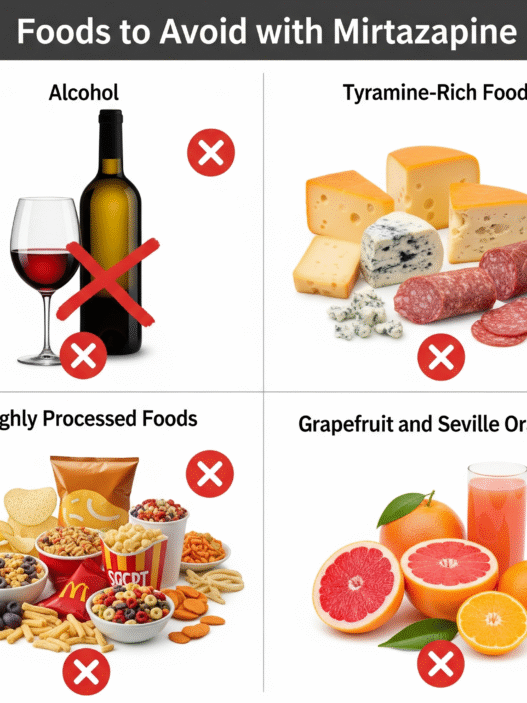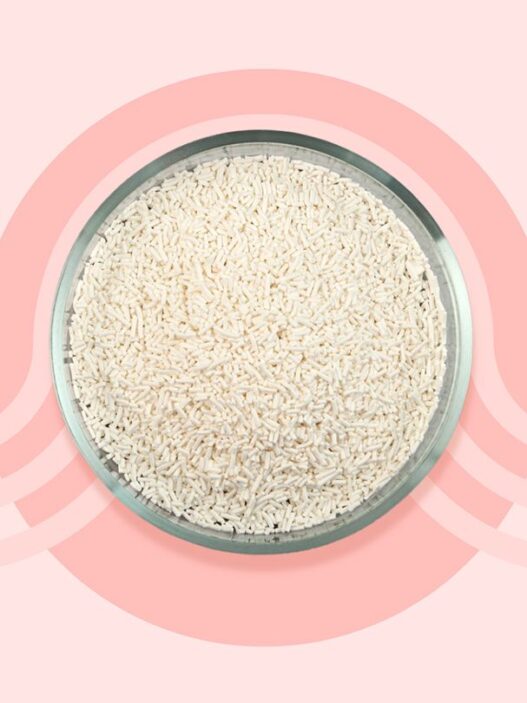Chocolate typically invokes feelings of decadence, association with sugar, and perhaps even a small degree of guilt afterward. Luckily, not all chocolate is bad for you. In fact, some of it, dark chocolate with at least 70% cocoa, typically has real health benefits when consumed in moderation.
Dark chocolate contains flavanols, a type of antioxidant that research suggests can increase blood flow, lower blood pressure by 2–3 mmHg, and improve insulin sensitivity. In addition, dark chocolate contains minerals like magnesium, iron, and zinc.
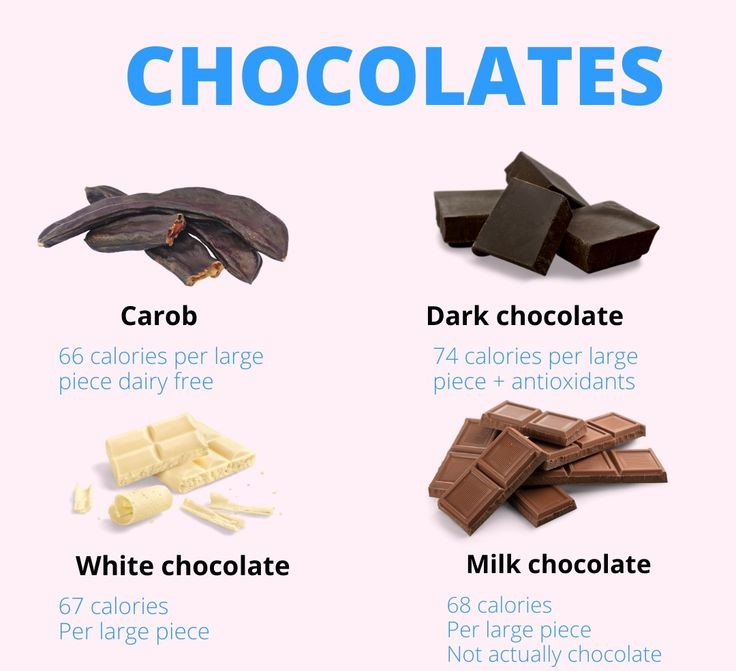
Emerging research suggests that an ounce of dark chocolate, 20–30 grams, provides a happy medium between enjoying chocolate for its flavor and for the health benefits, without adding large amounts of sugar or calories. So let’s delve into the healthiest chocolate types and learn how to enjoy chocolate and use its delicious flavor for health benefits!
Is Chocolate Really Healthy Or Not?
Cocoa beans, which are the basis of all human-created chocolate, contain antioxidants and minerals, as well as plant compounds that give chocolate its healthy properties.
They are high in flavanols, which are a type of antioxidant that can lower LDL cholesterol (5-10%), reduce inflammation, and increase endothelial function, which is good for our heart health. I would encourage you to seek chocolate with 70% or more cocoa and little added sugar and other fats.
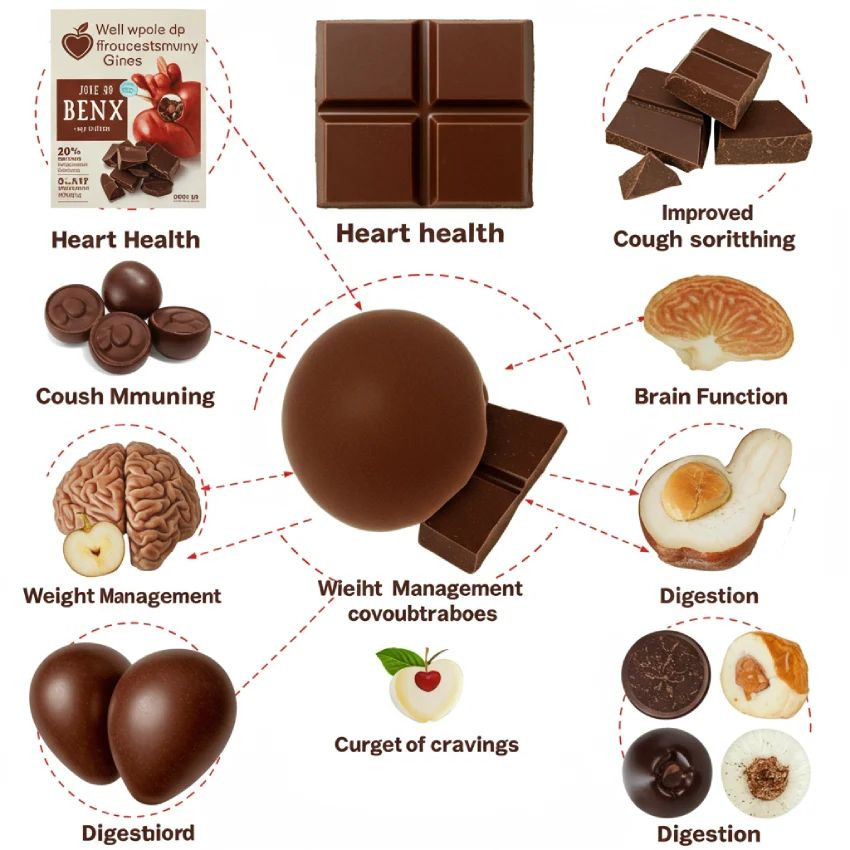
Dark chocolate in significant amounts rates highest for health benefits. Milk chocolate contains 10-50% cocoa and much more sugar. White chocolate almost contains no cocoa solids, making it more in line with a treat rather than something nutritious.
Dark Chocolate (The Undisputed Winner)
If we had one chocolate option to choose from, dark chocolate would be the healthiest. Dark chocolate is usually 70–90% cocoa solids, with a high content of flavanols, magnesium, iron, and zinc.
Current studies demonstrate that daily consumption of high-cocoa dark chocolate (20–30 g a day) improves vascular function, lowers blood pressure 2–3 mmHg on average, and improves insulin sensitivity.
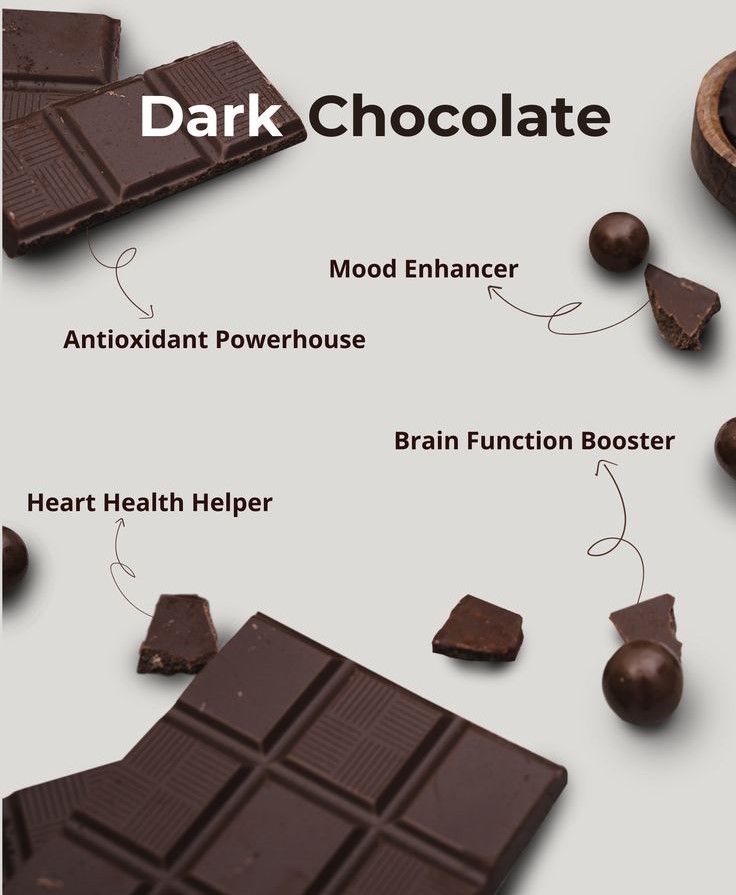
Dark chocolate has less sugar than milk or white chocolate, more fiber (3–4 g an ounce), and up to 2–3x the antioxidants, making it the most nutrient-dense and health-supportive option.
This is the reason:
- Packed with antioxidants flavanols, which are abundant in dark chocolate, help lower blood pressure, enhance blood flow, and safeguard your heart.

- Packed with Minerals It has vital nutrients that are necessary for immunity, energy, and general health, including iron, magnesium, zinc, and copper.

- Better for Blood Sugar Dark chocolate won’t raise your blood sugar levels as much as milk chocolate because it contains less sugar and has a lower glycemic index.

- But keep in mind that moderation is iessential To reap the benefits without going overboard with calories, a small piece of dark chocolate (20–30 grams) per day is sufficient.

Milk Chocolate (Delicious but Not as Healthy)
Milk chocolate is the most common type of chocolate, but it has lower health benefits than dark chocolate. With its cocoa solid percentage ranging from 10 to 50% and the rest primarily sugar and milk, it has greatly diminished levels of antioxidants.

For example, a typical serving of milk chocolate will provide 2-3 times fewer flavanols than dark chocolate and about 20-25 grams of sugar for a 40-gram bar. Because of this, milk chocolate is best used sparingly rather than as a habit.

However, milk chocolate can be healthier if you select an option that is at least 40-50% cocoa solids. These options provide more antioxidants and minerals (like magnesium and potassium) but are still reasonably sweet in flavor.
White Chocolate (Sweet but Deficient in Nutrients)
White chocolate is not exactly “real” chocolate, since it contains cocoa butter, milk, and sugar rather than cocoa solids; thus, it’s important to know that it does not contain any flavanols, polyphenols, or antioxidants, which are the main health benefits of chocolate, and therefore, lacks health benefits as well.

The standard serving of white chocolate (about 40 grams) typically contains around 220 calories, 25–30 grams of sugar, and very little fiber or micronutrients, making it even less nutrient dense than dark or milk chocolate.
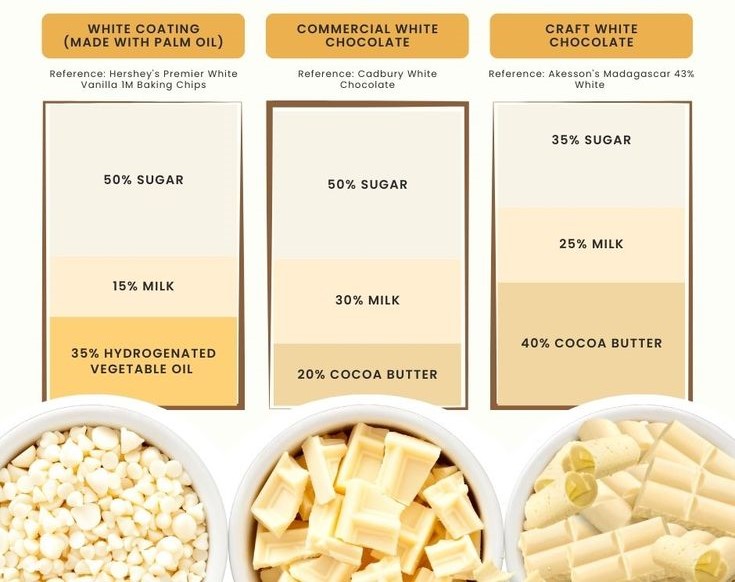
White chocolate is quite arguably the least healthy option, regardless of its sweet and creamy texture, and should be enjoyed once in a while, so if you do love it and decide to eat it, try to balance it out!
You can do this by eating it with antioxidant-rich fruit such as strawberries or bananas, which have fiber, vitamins, and minerals to help neutralize what it can otherwise lack along with white chocolate.
Advice for Selecting the Healthiest Chocolate
Remember these pointers when you go chocolate shopping:
- Check the Cocoa Percentage – For the best health benefits, look for chocolates with at least 70% cocoa.
- Choose Chocolate – Look at the ingredients for chocolates with fewer ingredients. Do not choose chocolates that contain hydrogenated oils, artificial flavors, and excessive sugar.
- Choose Fair Trade or Organic – Generally, organic chocolates contain fewer chemicals and have better quality cocoa.
- Watch Portion Sizes – A little goes a long way. Do not eat the entire bar; only eat one bar or a couple of small squares.
In conclusion
Chocolate is not necessarily a guilty pleasure. You can find heart-healthy, antioxidant-rich alternatives if you choose correctly—dark chocolate (more cocoa is better).
The healthiest chocolate allows you to bite into something sweet while contributing to your state of wellness, a combination of food and enjoyment that balances taste and nutrition.
So, the next time you are tempted by something sweet, grab a piece of rich, dark chocolate instead of a candy bar.















